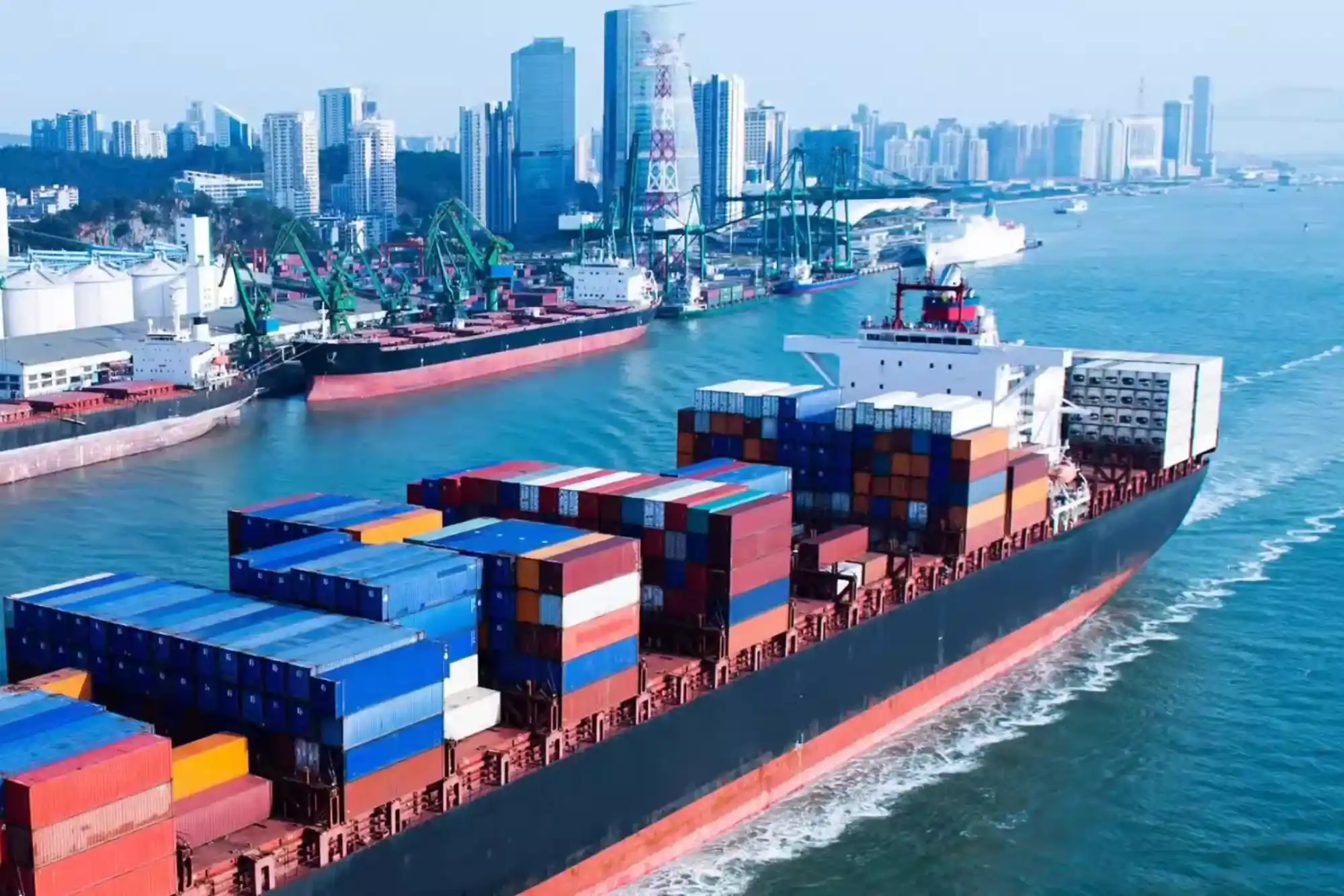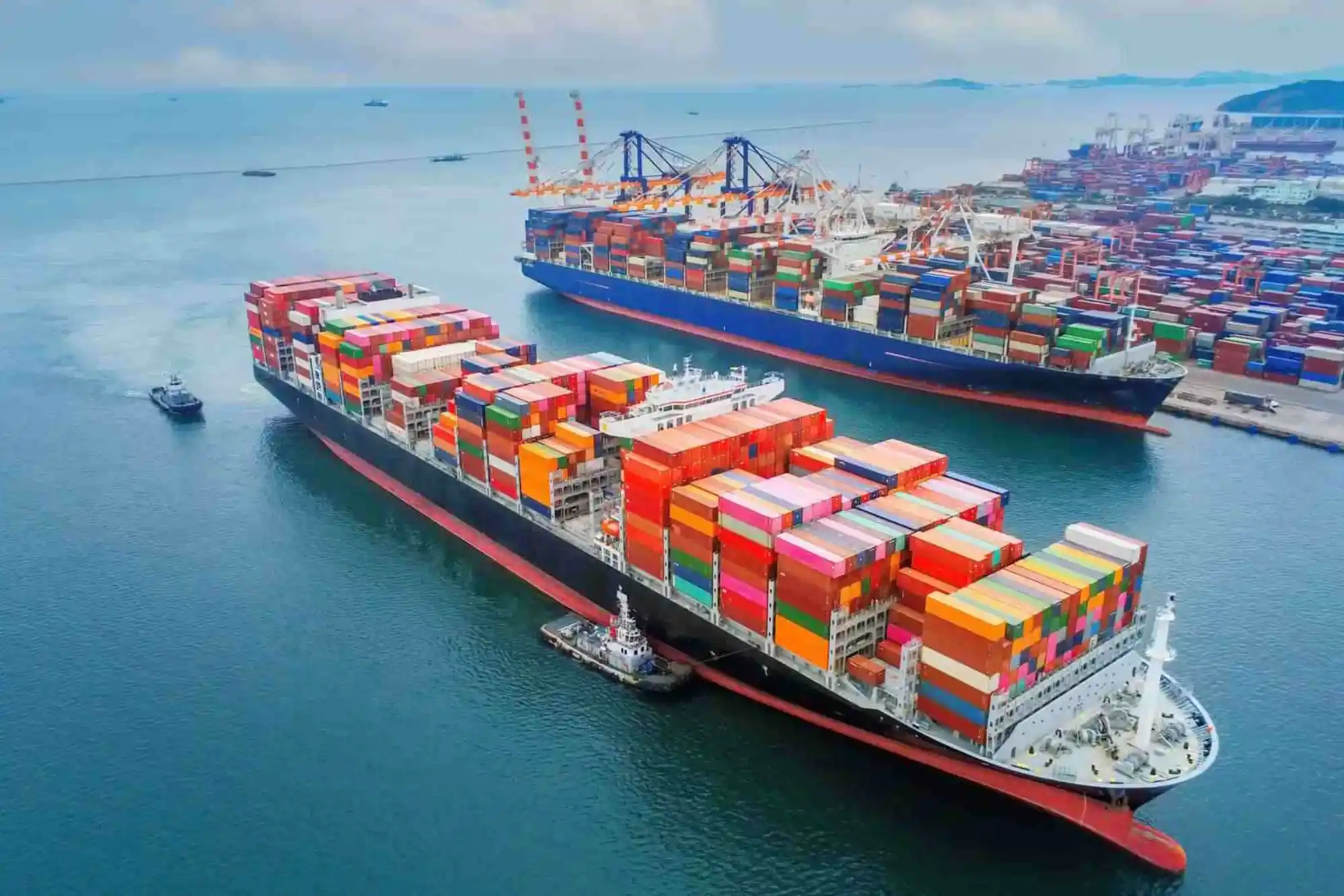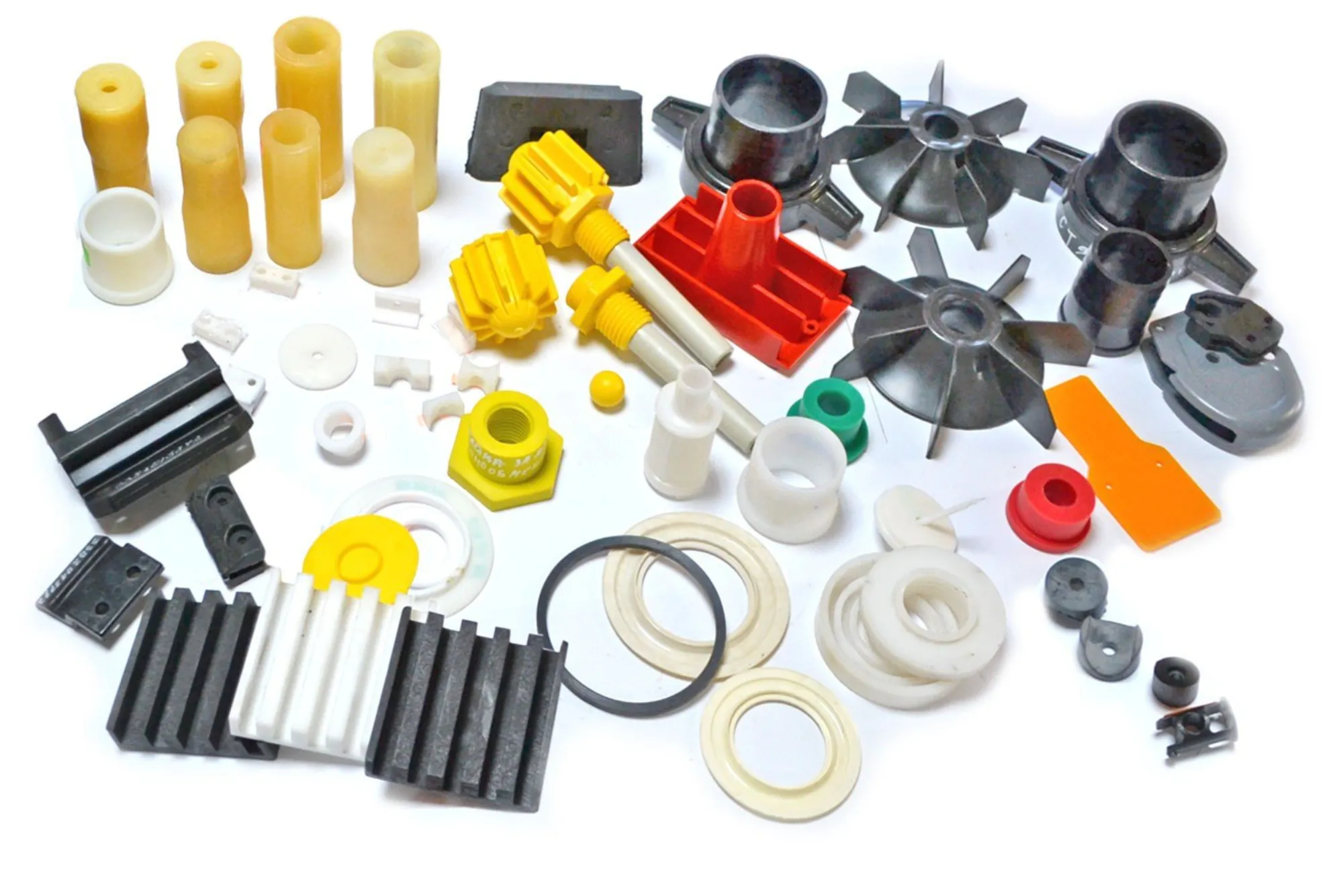In the world of global trade, ocean freight plays a critical role in transporting goods across international borders. As one of the most cost-effective and efficient modes of transportation, it accounts for a significant portion of global commerce. Understanding ocean freight, its types, benefits, and challenges is essential for businesses involved in international trade.
What is Ocean Freight?
Ocean freight refers to the transportation of goods by sea using large vessels designed to carry cargo over long distances. It’s the preferred method for shipping large quantities of goods at a lower cost compared to air freight. Ocean freight is ideal for bulky, heavy, or non-urgent goods, making it the backbone of global trade.
Goods are transported in containers, which are loaded onto ships at port terminals and then shipped across oceans to their destination. The use of standardized containers allows for efficient loading, unloading, and handling of cargo.
Types of Ocean Freight

There are two main types of ocean freight: Full Container Load (FCL) and Less than Container Load (LCL). Each type has its own advantages depending on the nature of the shipment.
Full Container Load (FCL)
In FCL, an entire shipping container is allocated to a single shipment. This means that the cargo is not shared with other goods, allowing for more control over the shipment. FCL is ideal for large shipments that require a whole container or for businesses that need secure and fast transportation.
Less than Container Load (LCL)
LCL involves sharing a container with other shipments. This method is cost-effective for smaller shipments that do not require a full container. Since the shipping cost is divided among multiple shippers, LCL is ideal for businesses that need to ship smaller volumes of goods but still benefit from ocean freight’s affordability.
Advantages of Ocean Freight
Ocean freight offers several advantages over other modes of transportation, making it an attractive option for global trade. These include:
Cost-Effectiveness
One of the most significant advantages of ocean freight is its lower cost compared to air or road transportation, especially for long-distance shipments. The ability to transport large volumes of cargo in one trip reduces per-unit costs, making it a budget-friendly option for businesses.
Capacity for Large Shipments
Ocean vessels can carry a vast amount of cargo at once, making ocean freight ideal for bulky or high-volume goods. Industries like manufacturing, automotive, and retail rely heavily on ocean freight to transport raw materials and finished products.
Sustainability
Shipping by sea is a more environmentally friendly option compared to air freight. Ships emit fewer greenhouse gases per ton of cargo transported, making it a greener choice for companies that prioritize sustainability.
Global Reach
Ocean freight provides access to nearly every corner of the globe, thanks to an extensive network of ports. This global reach ensures that businesses can move goods between countries regardless of their location.
Disadvantages of Ocean Freight
While ocean freight offers numerous benefits, there are also some challenges to consider.
Longer Transit Times
One of the most significant drawbacks of ocean freight is the longer transit times compared to air freight. Depending on the distance and shipping route, ocean freight can take weeks to deliver, which may not be suitable for time-sensitive shipments.
Weather-Related Delays
Shipping by sea can be affected by weather conditions, such as storms or rough seas. These disruptions can lead to delays, affecting delivery schedules and supply chain efficiency.
Risk of Damage or Loss
Although ocean freight is generally safe, there is still a risk of cargo damage or loss, especially during loading and unloading. Proper packaging and securing of goods are essential to minimize this risk.
How Ocean Freight Works: The Shipping Process
Understanding the ocean freight process helps businesses plan and manage their shipments effectively. Here’s an overview of how it works:
Booking and Documentation
The first step in shipping via ocean freight is to book space on a vessel with a freight forwarder or shipping line. You’ll need to provide details about the shipment, such as the type of goods, dimensions, and weight.
Essential documents for ocean freight include:
- Bill of Lading
- Commercial Invoice
- Packing List
- Certificate of Origin
Loading and Shipping
Once the booking is confirmed, the cargo is packed into containers at the point of origin. The containers are then transported to the port, where they are loaded onto the vessel. The shipping line provides updates on the vessel’s location and estimated arrival time.
Customs Clearance
Before goods can enter the destination country, they must pass through customs. The necessary documentation is reviewed, and any duties or taxes must be paid. It’s essential to ensure that all paperwork is accurate and complete to avoid delays.
Delivery to Final Destination
After customs clearance, the cargo is unloaded from the ship and transported to its final destination. This could involve additional transportation by road or rail, depending on the location of the receiver.
Ocean Freight Costs: Factors to Consider

Several factors influence the cost of ocean freight, including:
Distance and Route
The distance between the origin and destination affects the overall cost. Longer distances and less frequently traveled routes may result in higher shipping fees.
Container Type
The type of container used (standard, refrigerated, or oversized) can impact the cost. Specialized containers are more expensive due to the additional equipment and handling required.
Fuel Surcharges
Shipping lines may apply fuel surcharges, which fluctuate based on global fuel prices. This cost is passed on to the shipper and can vary depending on market conditions.
Port Fees and Customs Charges
Port handling fees and customs charges can vary by location. It’s important to factor these additional costs into your shipping budget to avoid unexpected expenses.
Ocean Freight vs. Air Freight: A Comparison
While both ocean and air freight have their advantages, they cater to different shipping needs. Here’s a quick comparison:
| Aspect | Ocean Freight | Air Freight |
|---|---|---|
| Cost | More affordable, ideal for large shipments | More expensive for high volumes |
| Speed | Slower, can take weeks | Faster, takes days or hours |
| Capacity | Suitable for bulky, large shipments | Limited by aircraft space |
| Environmental Impact | Lower emissions per ton of cargo | Higher emissions per ton |
| Reliability | Subject to weather delays | Generally reliable with fewer delays |
Choosing the Right Ocean Freight Provider
Selecting the right ocean freight provider is crucial for ensuring smooth and efficient shipping. Here are some factors to consider:
Experience and Reputation
Choose a provider with a proven track record in handling ocean freight shipments. Experienced providers are more likely to navigate complex customs regulations and handle potential challenges effectively.
Service Options
Look for a provider that offers a range of services, such as FCL, LCL, and specialized containers, to meet your shipping needs. A flexible provider will help you scale your shipping operations as your business grows.
Network and Global Reach
Ensure that the provider has a robust network of partners and agents worldwide. This is especially important if you need to ship to remote or less-serviced regions.
FAQs about Ocean Freight
How long does ocean freight take?
The transit time for ocean freight depends on the distance between the origin and destination. On average, it can take between 20 to 45 days, depending on the route.
Is ocean freight cheaper than air freight?
Yes, ocean freight is typically much cheaper than air freight, especially for large or bulky shipments. However, air freight is faster.
What are the risks associated with ocean freight?
Risks include cargo damage, loss, weather-related delays, and potential customs issues. Proper packaging and accurate documentation help mitigate these risks.
What types of goods are best suited for ocean freight?
Ocean freight is ideal for large, bulky, or non-urgent goods like machinery, electronics, furniture, and raw materials.
How can I reduce ocean freight costs?
To reduce costs, consider using LCL for smaller shipments, optimize packaging to maximize container space, and work with experienced freight forwarders to navigate customs efficiently.










